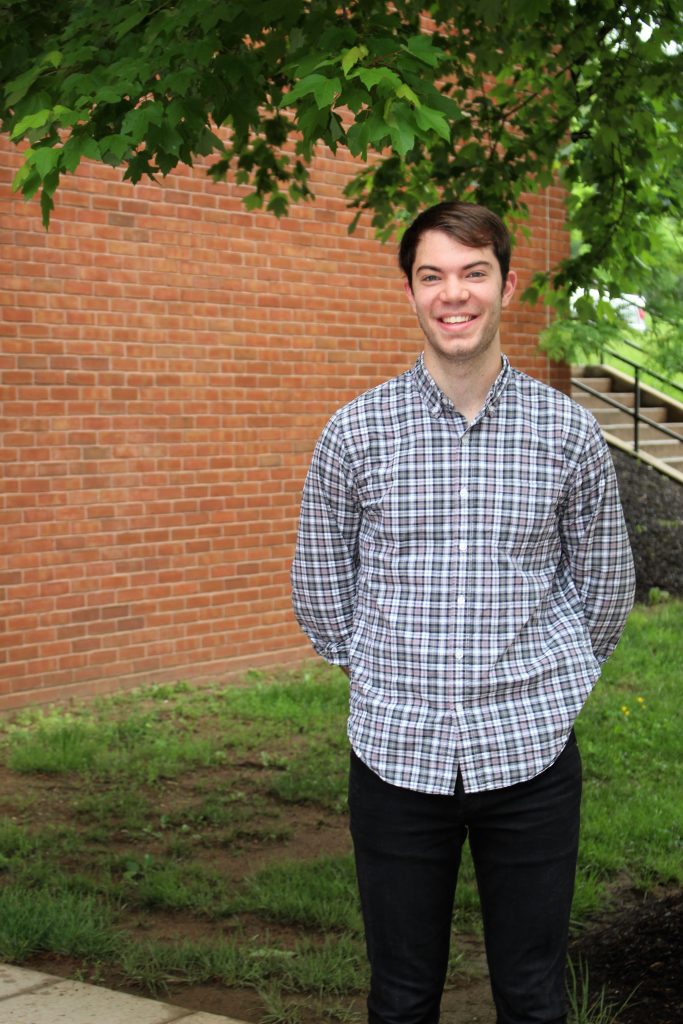INDS B.A: Urban Systems Design
Spring 2018 Capstone
Urban Transportation Landscapes: A GIS and Political Historical Narrative of Baltimore’s Transportation Deficiency
My INDS Degree
Originally, I was quite interested in urban planning and architecture. My focus was on the built environment and how space is used and occupied in urban areas. It was at this time that I began taking day trips into Baltimore every week hoping to see more and understand more. I began, alongside my new interest and degree proposition, to focus more analytically and carefully on the ways in which the city was built, planned and utilized. I studied architects like Alejandro Aravena, who works with the democratic needs of the Chilean public in order to craft design constraints in his public building projects. Instead of using traditional methods of public housing, he attempted to re-imagine the system between the building project, the community and the government funding the project. Conversations of this nature and the time spent in Baltimore helped create this degree and helped me understand more of what I wanted in a career.
Post Graduation Plans
Using my degree, post-graduation I will pursue a master’s degree in design. I will apply to domestic as well as international master’s programs. Domestic programs I will be applying to include the Graduate School of Design at the Carnegie Mellon University as well as the Stanford School of Design. I am considering graduate programs in a host of international institutions. I will apply to programs in Norway, Germany, and Denmark. Specifically, I am looking to apply to the Systems-oriented Design program at the University of Oslo’s Graduate School of design. My degree will make me competitive for design degrees from these institutions, because the interdisciplinarity and strong focus on sustainable measures has become a driving factor in the research and innovation in their departments.
Courses In My Degree Plan
✅ Learn the theories and concepts surrounding the ways space is utilized to create or emphasize values and ideas in order to understand how to design spaces and environments for urban communities. (ART 210, 211, 212)
✅ Map the usage and orientation of various urban systems in order to understand the effects of human and natural interactions i.e. transportation networks, hospital locations, green spaces. (INDS 430 / GES 286, 386, 462 / USRP 631, 688N )
✅ Study the socio-political factors that influence urban behavior among public officials, private businesses and local urban residents in order to interpret the relationship between urban factors, i.e. income or disease, and urban populations. (AMST 420 / GES 341, 342 / POLI 205 , 440)
✅ Gather data that can support qualitative relationships established in learning objective three in order to identify the correlation between data and socio-political factors. (POLI 301 / ECON 311, 312 / STAT 351)
✅ Establish interdisciplinary connections between design thinking and degree disciplines of GIS, political science and economics in order to create space for research collaboration between urban stakeholders including urban residents themselves. (ART 322 , 339 / ENTR 200 / INDS 232 , 330, 335, 399, 410, 430, 480, 490)
✅ Inter-Institutional Enrollment at the University of Maryland College Park, where I intend to apply to urban based planning courses. Such courses are under the department of Urban Studies and Planning. (UMDCP: URSP 631: Transportation and Land Use and UMDCP: URSP 688N Recent Developments in Urban Studies: Urban Transportation Planning and Policy
